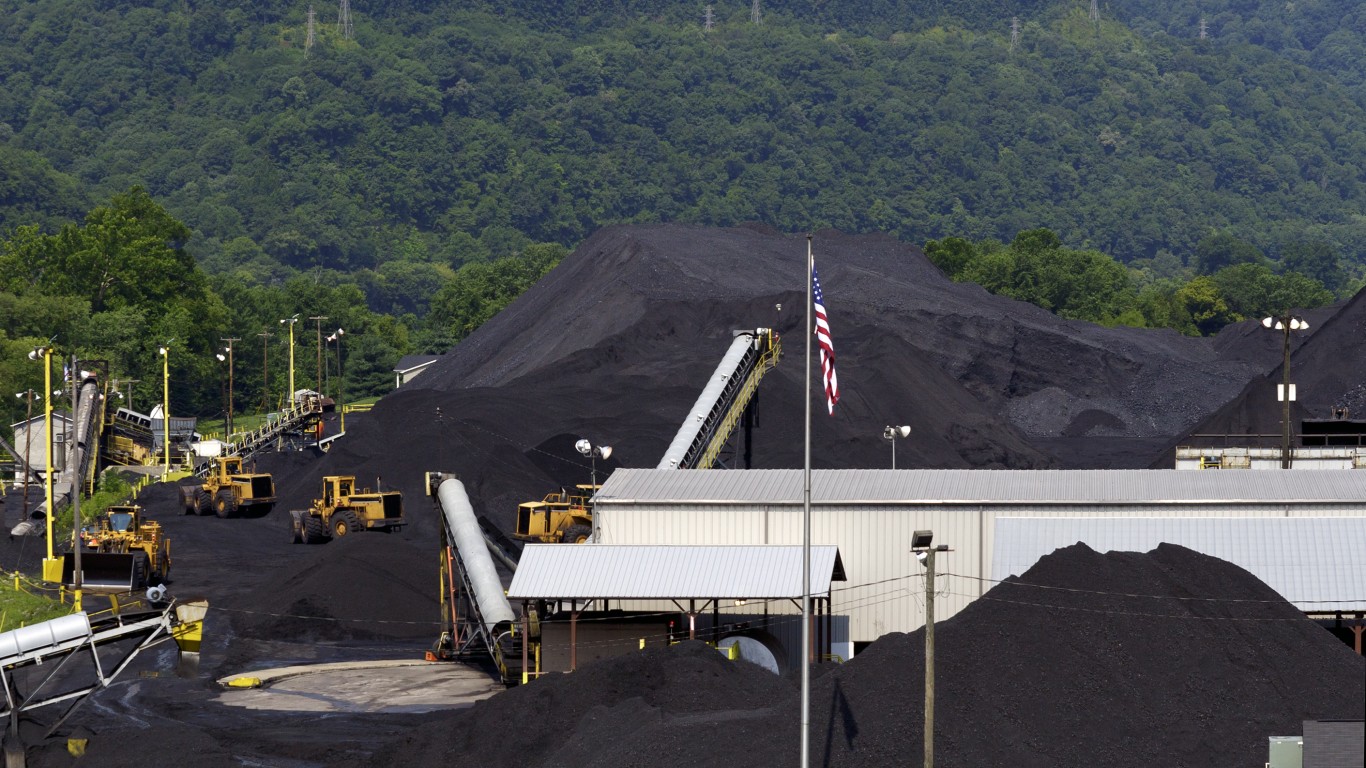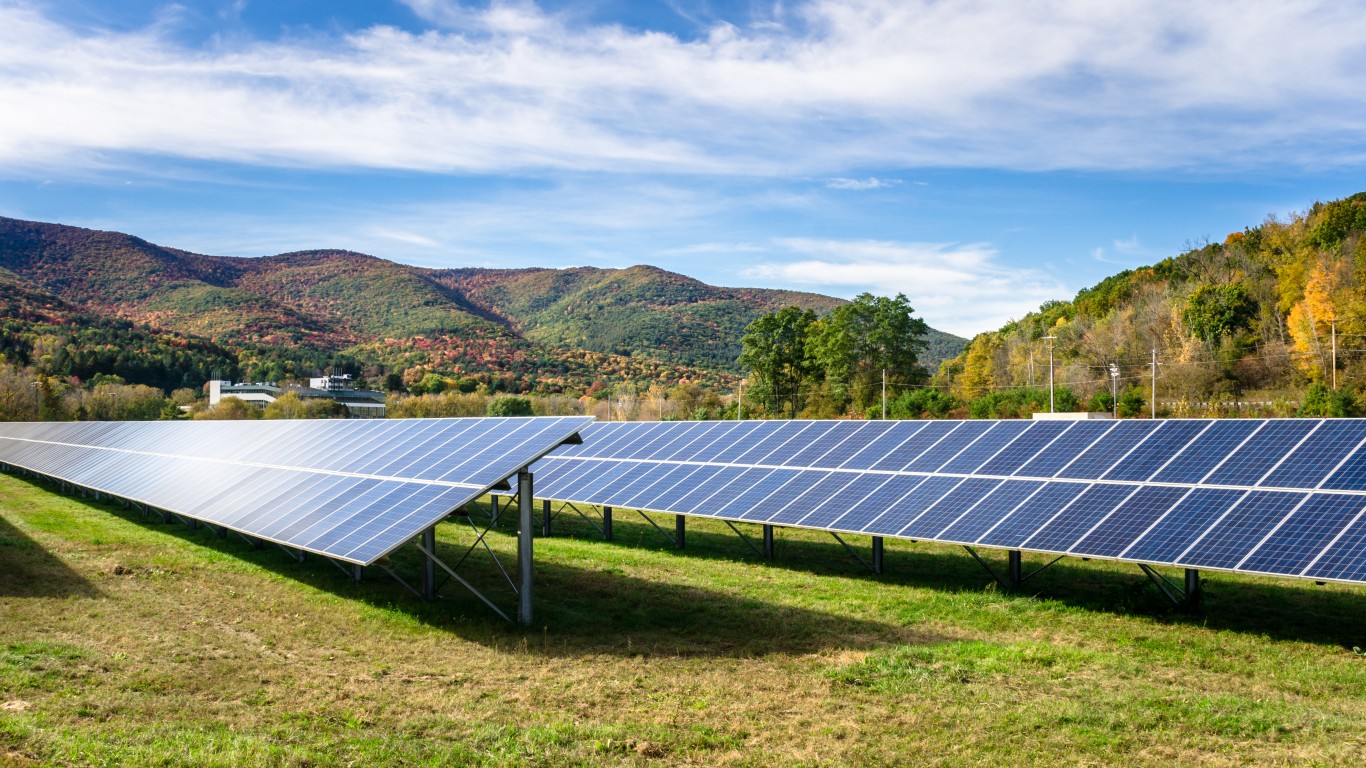 The anniversary of the Japan earthquake, which killed over 16,000 people and caused the disaster at the Fukushima Daiichi nuclear power plant, is only two weeks away. Immediately after the disaster, several European nations decided to significantly trim their use of nuclear power. Similarly, the Obama Administration decided to partially pull back from a previous move aimed at gaining more U.S. energy independence through the use of nuclear reactors. Despite these decisions, nuclear energy remains the world’s most used source of emission-free energy source. This is particularly true in regions which are densely populated, although it is not entirely clear why
The anniversary of the Japan earthquake, which killed over 16,000 people and caused the disaster at the Fukushima Daiichi nuclear power plant, is only two weeks away. Immediately after the disaster, several European nations decided to significantly trim their use of nuclear power. Similarly, the Obama Administration decided to partially pull back from a previous move aimed at gaining more U.S. energy independence through the use of nuclear reactors. Despite these decisions, nuclear energy remains the world’s most used source of emission-free energy source. This is particularly true in regions which are densely populated, although it is not entirely clear why
Read The Ten States That Run On Nuclear Power
Only one U.S. plant has been approved since the disaster — Southern Co.’s two reactors at Plant Vogtle site in Georgia. In fact, it is the first nuclear power plant approved in the U.S. in more than three decades. Yet, some U.S. states rely heavily on nuclear energy for generation of electric power, especially as a source of emission-free energy. Nuclear energy cannot be readily replaced without having a river or huge lake for generating hydro power, without building huge wind farms, and as solar energy is years away. 24/7 Wall St. reviewed the ten states that rely heavily on nuclear power as their source of emission-free energy.
If clean energy is the wave of the future, then it’s time for the U.S. to expand on the 104 nuclear plants currently in operation. The push for nuclear power is in hope of producing cheaper electricity without producing air pollutants or greenhouse gases. Safety is a big concern. Since the 1979 Three Mile Island meltdown, there has been no new construction of nuclear power plants and the Japan earthquake has bolstered recent arguments against more plants.
Currently, 31 of the states have nuclear plants. 24/7 Wall St.’s analysis covers the 10 states in which nuclear energy is the most significant source, or even the only source of emission-free power. In most of these states, the amount of total electricity generated by nuclear is above a third.
24/7 found that these ten states tend to have energy costs per capita above the national average. However, they also tend to be among the most densely populated states, which provokes the “not in my backyard” argument against nuclear power plant construction. It also questions the usefulness of nuclear power as an alternative to less densely populated states that already have low electric cost per capita, such as North Dakota, Kentucky, Oklahoma, and West Virginia. Coal and gas power are plentiful in these states, which is an advantage, at least until fossil fuel supplies begin to run low.
24/7 Wall St. looked at the ten states that have the highest portion — 95% to 100% — of emission-free power from nuclear power plants using information from the Nuclear Energy Institute. We also looked at population density based on U.S. Census Bureau numbers. U.S. Energy Information Administration provided the number of plants per state.
1. Mississippi
> Emission-free power from nuclear: 100%
> Number of nuclear power plants: 1
> Electricity generated by nuclear: 18%
> Energy price per capita:10.5 cents (27th highest)
> Population: 3.0 million
> Density rank: 32nd
The Grand Gulf nuclear power facility near Port Gibson is Mississippi’s only operating facility, but is responsible for 100% of the state’s emission free electricity.
2. New Jersey
> Emission-free power from nuclear: 100%
> Number of nuclear power plants: 3
> Electricity generated by nuclear: 50%
> Energy price per capita: 16.1 cents (7th highest)
> Population: 8.8 million
> Density rank: 1st
The most densely populated state is home to the nation’s oldest nuclear operating facility, Oyster Creek, which has been running since 1969. An offshore wind farm has been approved by the New Jersey Board of Public Utilities off the coast of Cape May which would add to the state’s emission free power base
Also Read: 24/7 Wall St.’s Highest-Paid Players of All Time
3. Virginia
> Emission-free power from nuclear: 100%
> Number of nuclear power plants: 2
> Electricity generated by nuclear: 36%
> Energy price per capita: 10.9 cents (25th highest)
> Population: 8.1 million
> Density Rank: 14th
The August 2011 earthquake near the North Anna facilities caused an automatic shutdown and concern, although both reactors reopened shortly after and remain in operation. The plant’s owner, Dominion, said the seismic event exceeded the plant’s design basis. But, inspections found no damage
4. Florida
> Emission-free power from nuclear: 99%
> Number of nuclear power plants: 3
> Electricity generated by nuclear: 11%
> Energy price per capita: 11.7 cents (21st highest)
> Population: 19.1 million
> Density Rank: 8th
Solar power should have loads of potential in the Sunshine State, but nuclear plants still account for 99% of the emission free power in Florida. Per capita residential electricity demand is high, due in part to high air-conditioning use during the summer.
Also Read: Twelve Retailers Flunking Customer Service
5. Michigan
> Emission-free power from nuclear: 98%
> Number of nuclear power plants: 3
> Electricity generated by nuclear: 26%
> Energy price per capita: 12.8 cents (16th highest)
> Population: 9.9 million
> Density Rank: 17th
Michigan has large natural gas reserves, which helps to heat homes during the cold winter. The three nuclear facilities in the state are responsible for supplying more than a quarter of the state’s electricity.
6. Connecticut
> Emission-free power from nuclear: 97%
> Number of nuclear power plants: 1
> Electricity generated by nuclear: 50%
> Energy price per capita: 18.5 cents (2nd highest)
> Population: 3.6 million
> Density Rank: 4th
Only Hawaii has higher residential electricity rates than Connecticut. The Millstone nuclear power station in Waterford produces half of the state’s electric power.
7. Ohio
> Emission-free power from nuclear: 97
> Number of nuclear power plants: 2
> Electricity generated by nuclear: 11%
> Energy price per capita: 11.7 cents (20th highest)
> Population: 11.5 million
> Density Rank: 10th
Coal is king when generating electricity in Ohio. However, nuclear energy accounts for nearly all of its emission-free power. The rest comes from solar and wind energy.
8. South Carolina
> Emission-free power from nuclear: 97%
> Number of nuclear power plants: 4
> Electricity generated by nuclear: 50%
> Energy price per capita: 11.5 cents (22nd highest)
> Population: 4.7 million
> Density Rank: 19th
In a state where electricity use per capita is high, half of the demand is produced by its four nuclear plants.
9. Illinois
> Emission-free power from nuclear: 95%
> Number of nuclear power plants: 6
> Electricity generated by nuclear: 48%
> Energy price per capita: 12.4 cents (17th highest)
> Population: 12.9 million
> Density Rank: 12th
About one tenth of the total nuclear-powered electricity generation in the United States comes from Illinois.
10. Pennsylvania
> Emission-free power from nuclear: 95%
> Number of nuclear power plants: 5
> Electricity generated by nuclear: 34%
> Energy price per capita: 13.6 cents (12th highest)
> Population: 12.7 million
> Density Rank: 9th
In addition to being a major coal producing state, Pennsylvania also ranks second in the nation in nuclear power generating capacity.
Brian Zajac
Want to Retire Early? Start Here (Sponsor)
Want retirement to come a few years earlier than you’d planned? Or are you ready to retire now, but want an extra set of eyes on your finances?
Now you can speak with up to 3 financial experts in your area for FREE. By simply clicking here you can begin to match with financial professionals who can help you build your plan to retire early. And the best part? The first conversation with them is free.
Click here to match with up to 3 financial pros who would be excited to help you make financial decisions.
Have questions about retirement or personal finance? Email us at [email protected]!
By emailing your questions to 24/7 Wall St., you agree to have them published anonymously on a673b.bigscoots-temp.com.
By submitting your story, you understand and agree that we may use your story, or versions of it, in all media and platforms, including via third parties.
Thank you for reading! Have some feedback for us?
Contact the 24/7 Wall St. editorial team.



